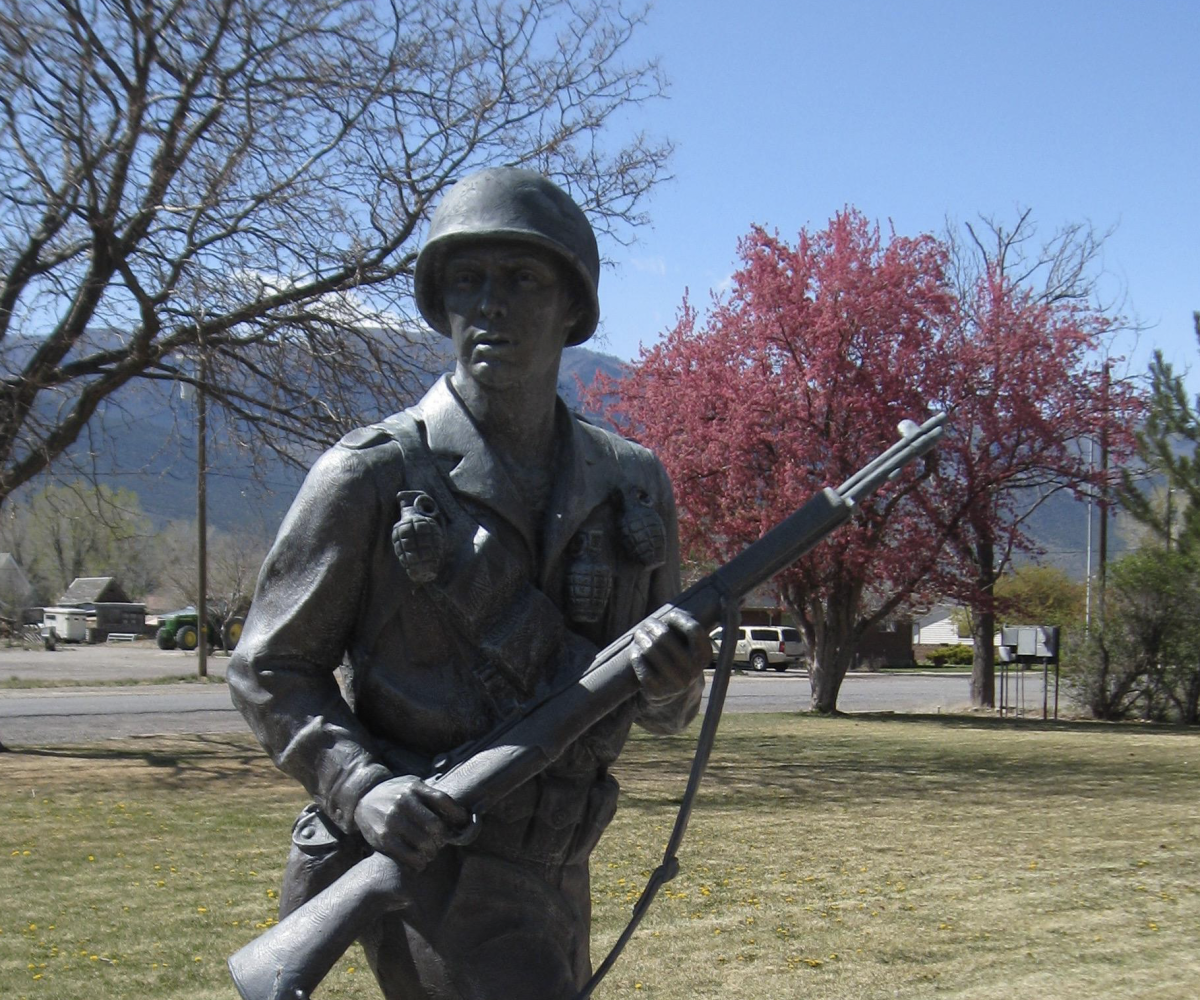During the next year, Utahns and the nation as a whole will be remembering and recognizing the 75th anniversary for the end of World War II (1939-1945).
— By Brad Westwood, Senior Public Historian
May 8, 2020 will be the anniversary date for the Allies (Great Britain, USA, France and Russia) victory in Europe over the Axis Powers: Italy, Germany and Japan. May 8, 1945 V-E Day (Victory in Europe) was declared by British Prime Minister Winston Churchill, and is observed in Great Britain, Western Europe, the United States and Australia.
September 2, 2020 will be the 75th anniversary when American and Allies declared victory over Japan. V-J Day (Victory over Japan) was officially declared by US President Truman on September 2, 1945.
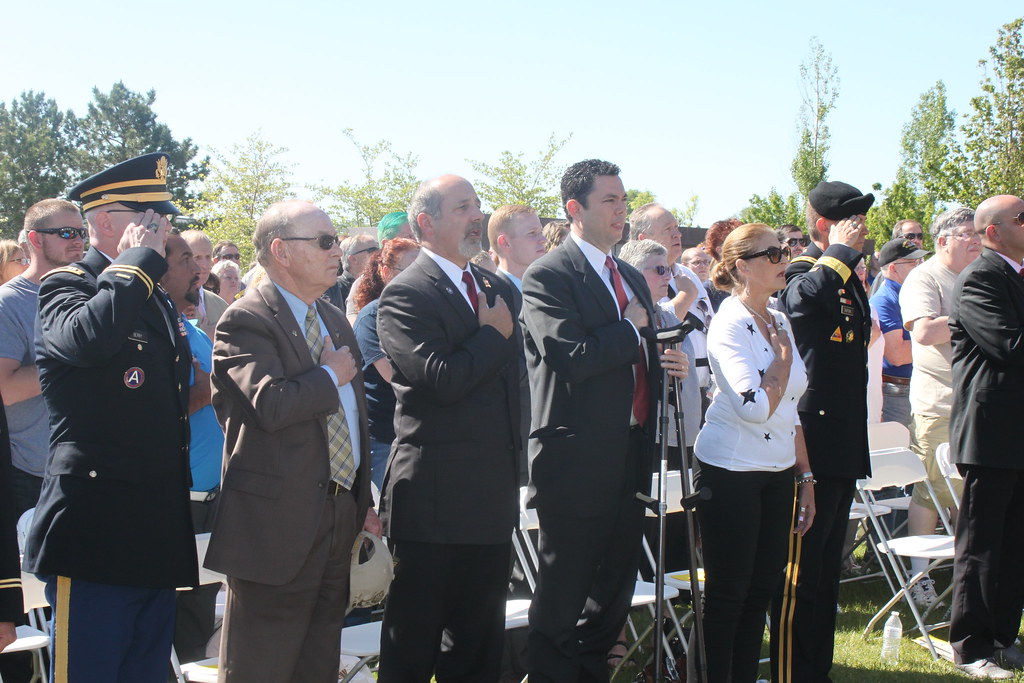
The Utah Department of Veterans & Military Affairs, the Department of Heritage & Arts, the Utah Division of State History and the Ft. Douglas Military Museum invite all Utahns to recognize these anniversaries, and to pause and remember the men and women who served during World War II from Utah, especially those who died in this war.
This also includes those who worked and sacrificed on the “Homefront,” who sent family members into the war, or who helped in the war effort here in Utah. Homefront activities included working in military camps and depots and in war related industries; food, gas and supply rationing; prison of war camp employment; growing of Victory Gardens: working with the USO (United Service Organizations) and so much more.
A Call to Utahns to Engage: Besides attending the special events to be offered throughout the state, we hope you will read the below information (including using the State’s GIS Veterans Memorial Map), then pay your respects at one or more the memorials or monuments listed, and then visit as many Utah World War II related historical sites as possible.
Utah’s World War II Related Memorials and Historical Sites:
The Utah Division of State History (USH) and the Utah Department of Veterans and Military Affairs jointly created the Utah Veteran’s Memorials GIS Database which shows the locations, descriptions and photographs of all veteran’s memorials and markers throughout Utah.
The database currently lists 47 local monuments, markers or sites related to World War II. When all mention of World War II are included there are 72 monuments and markers.
The Meditation Chapel in Memory Grove Park

The Meditation Chapel in Memory Grove Park, east and adjacent to the Utah State Capitol, was built as a memorial to Utah’s sons who died during World War II. Resembling a small Greek temple, constructed of marble with sculpted bronze doors, the chapel contains the names of Utah servicemen whose bodies were never recovered. The chapel includes World War II themed stained glass windows.
Utah Veterans Cemetery & Memorial Park
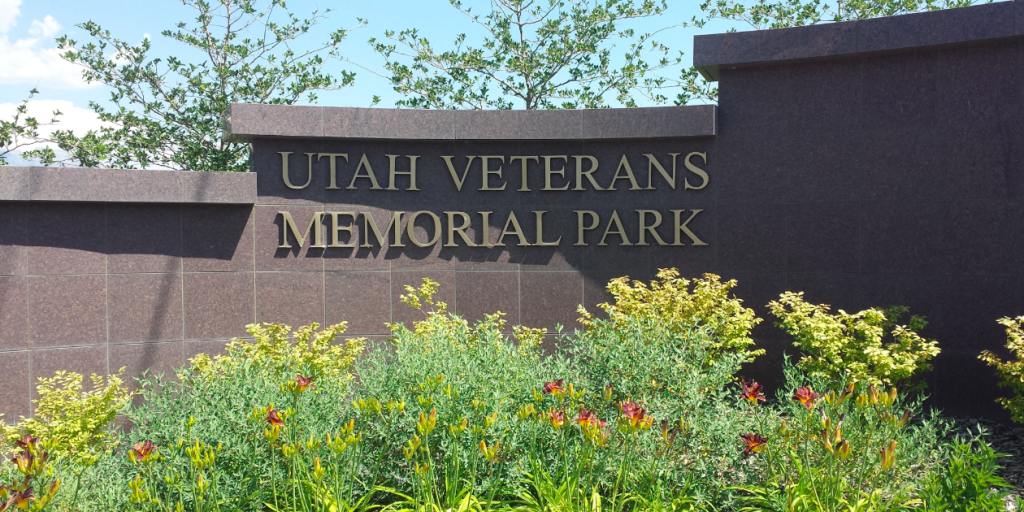
The 30-acre Utah Veterans Cemetery & Memorial Park, located on State Route 68 (Bluffdale, Utah) within Camp Williams, Utah’s official veterans’ cemetery, also serves as a general memorial for Utahns veterans.
Fort Douglas
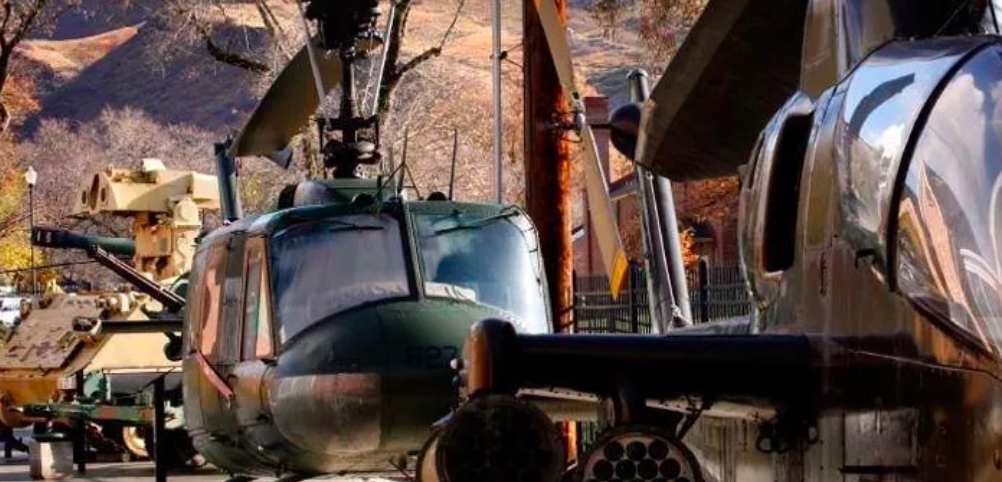
Fort Douglas (32 Potter St. SLC, UT., established in 1862 to protect the overland mail, telegraph lines and emigrant trains) includes a Utah Military Museum, which was established in 1974-1976 as part of Utah’s United States Bicentennial celebrations. The museum includes various military monuments and strives to tell Utah’s military history story. The Fort Douglas Cemetery includes the resting places for German and Italian World War II prisoners of war who died while incarcerated in Utah.
The Topaz Museum
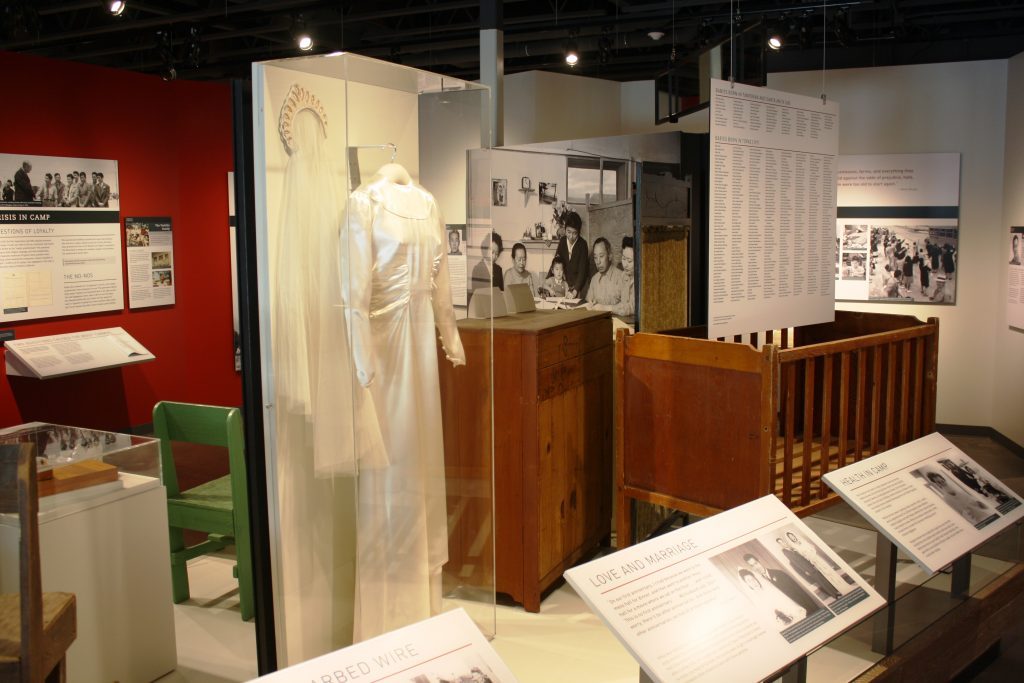
The Topaz Museum (55 West Main, Delta, UT) tells the story of eight thousand Japanese-American citizens who were held from 1942 to 1945 in Utah’s Topaz Relocation Center. The Museum’s Mission is: “To preserve the Topaz site and its World War II history; to interpret the impact of Topaz on the internees, their families, and the citizens of Millard County; and to educate the public in order to prevent a recurrence of a similar denial of American civil rights.”
The Historic Wendover Airfield and Museum
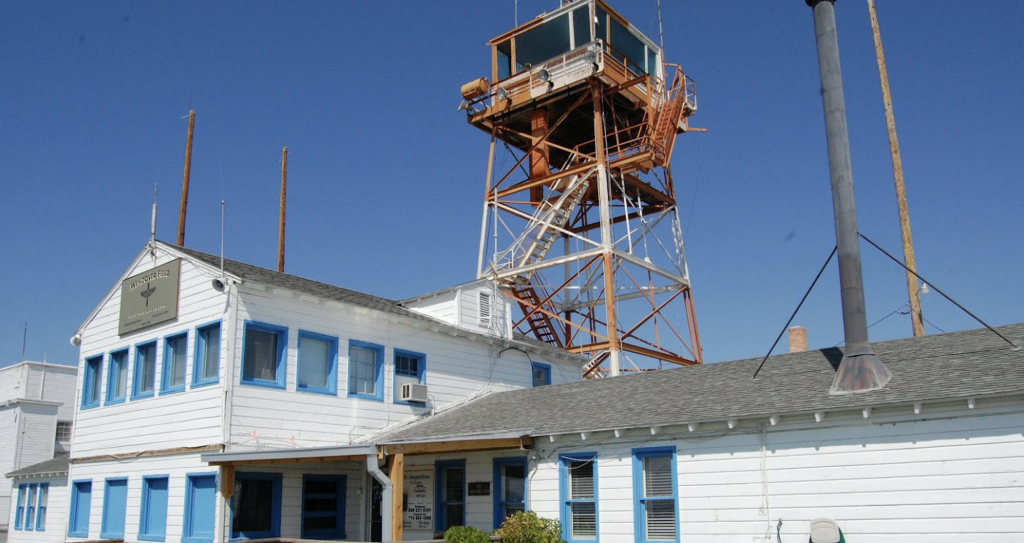
The Historic Wendover Airfield and Museum (352 E. ‘A’ Street, Wendover, UT) is considered the best preserved World War II Army Air Forces training base in the United States. The US Army planes that carried the nuclear bombs which destroyed Hiroshima and Nagasaki were tested, loaded and flown from the Wendover Airfield. Three other World War II related historic sites and museums are the Salina, Utah German POW Camp (598 East Main Street, Salina, UT), the Hill Aerospace Museum (7961 Wardleigh Road, Hill Air Force Base, UT) describes the World War II story via air battles and aeronautics; and the Navajo Code Talkers Museum (Tuba City, Arizona) tells the story of Navajo soldiers, many from Utah, who used their Na-Dené language to transmit US Military information regarding tactics, troop movements, etc. during World War II battles.
Three other World War II related historic sites and museums are the Salina, Utah German POW Camp (598 East Main Street, Salina, UT), the Hill Aerospace Museum (7961 Wardleigh Road, Hill Air Force Base, UT) describes the World War II story via air battles and aeronautics; and the Navajo Code Talkers Museum (Tuba City, Arizona) tells the story of Navajo soldiers, many from Utah, who used their Na-Dené language to transmit US Military information regarding tactics, troop movements, etc. during World War II battles.
Featured Image: Statue of a World War II Soldier, Veterans Memorial, Circleville, Piute County, Utah
Read Our Other Related Posts:

